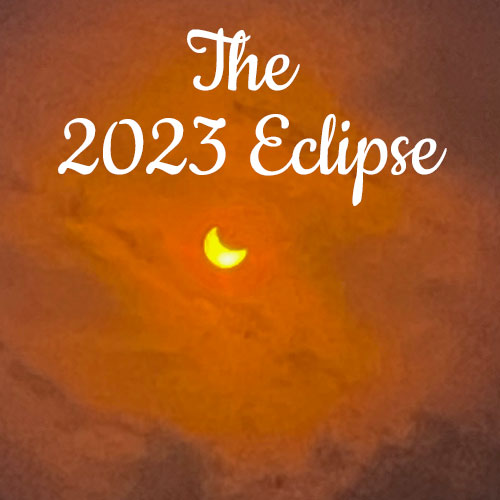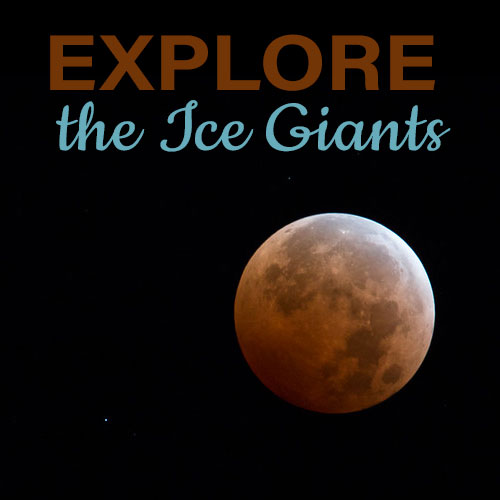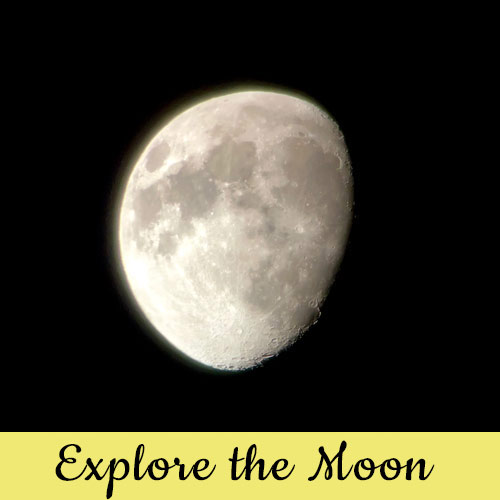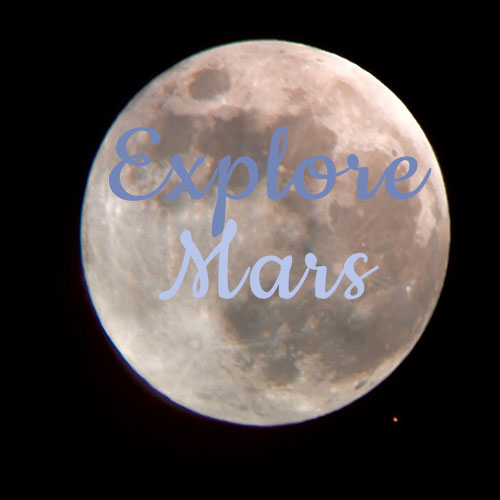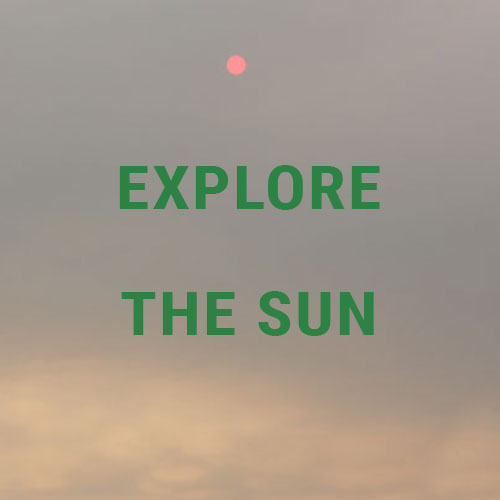Sky Color
Science Snippet: Sky Color Everyone knows that the sky is blue. But is it? During the night, the sky is black. At sunrise and sunset, the sky can be a variety of colors. What we really mean is that during the day, the sky is blue. But that blue isn’t always the same. As sunlight […]


